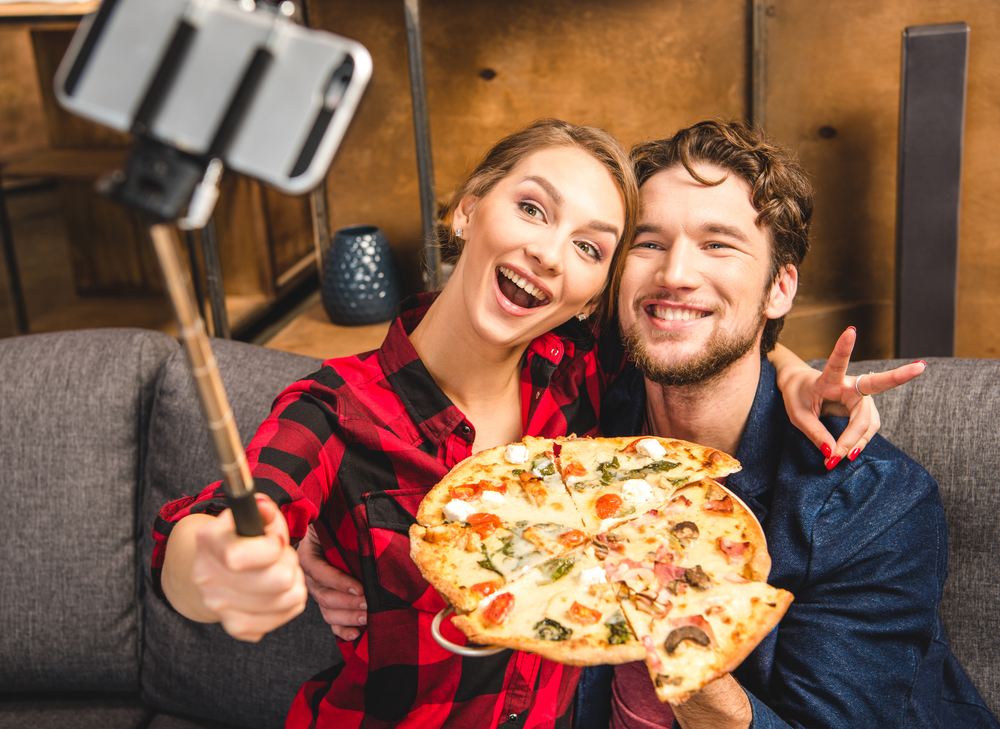Mention the word "selfie" and the prevaling thought is usually one, to some degree, of self-indulgence.
The act of photographing oneself can often appear as being both superfluous and superficial, which is why a study focusing on the behavior behind this popular and growing behavior might be perceived as pointless, rather than productive.
But if one can get past the bubblehead-type perceptions, there's value in understanding why the selfie has become a global phenomenon, and what in human nature drives billions of people to engage in such behavior. In fact, it's so consuming that more than 125 people have reportedly died worldwide since 2014 while attempting one. And the results of this study are somewhat surprising, because narcissism, as one might suspect, is not the predominant motivating factor.
Given that the selfie culture is so new, this study appears to be the first of its kind – which means there are unanswered questions as well as areas that remain unaddressed. But the researchers of "The Selfie Study: Archetypes and Motivations in Modern Self-Photography," which was published Nov. 30 in Visual Communication Quarterly, acknowledge just that while stressing that their work, more than anything else, represents a jumping-off point.
"This study is an exploratory examination of the individuals who take and share selfies," the authors write in their conclusion, "and is intended as the foundation of more intricate research on these individuals and the selfie genre. Because of this, this research has limited ability to make predictions about users’ behavior or the effects of the genre, but future research can spark discussions in these areas."
In short, we have to start somewhere. So let's give the research team – co-authors Steven Holiday and Harper D. Anderson, both Ph.D candidates at Texas Tech University, and Matthew J. Lewis, Rachel Nielsen and Maureen Elinzano, master's students in communications at Brigham Young University in Provo, Utah – a little latitude so we can see what they've learned.
After determining from its statistical analysis that selfie shooters fall into one of three motivational categories – "communicators," "autobiographers" and "self-publicists" – the research team concluded that the majority of "individuals are motivated to use social media to fulfill social needs, seek out entertainment, and find or share information," meaning they were part of the first two groups. The self-publicists, as it turned out, were "the smallest of the three."
 The study's participants ranged in age from 18 to 45, they were predominately female (71 percent) and had taken selfies in the past. Each was presented with a list of 48 statements that answered the question, "What motivates you or others to take and share selfies?,” and ranked them "(e.g., “most like me” to “least like me”) according to their personal view."
The study's participants ranged in age from 18 to 45, they were predominately female (71 percent) and had taken selfies in the past. Each was presented with a list of 48 statements that answered the question, "What motivates you or others to take and share selfies?,” and ranked them "(e.g., “most like me” to “least like me”) according to their personal view."
Among the 48 statements were:
- "I take and share selfies to share a part of my life with other people."
- "I take and share selfies to show different sides of myself."
- "I take and share selfies to impress people."
Quoting from the study, here's how researchers categorized selfie enthusiasts.
"Communicators primarily take and share selfies to engage in conversation ... they have a "desire to use selfies to both communicate and memorialize elements of their life. ... [which] highlights their desire to use the medium to engage in two-way communication."
"Autobiographers take and share selfies to chronicle themselves ... and record memories. ... [and] are truly interested in authoring their story and in the process [they] hope to experience self-discovery."
"Like Communicators, Self-Publicists also agree that they take and share selfies to show and share events and places to other people; however, this group sets themselves apart in their desire to focus the pictures on themselves and control their personal image ... Self-Publicists take and share selfies when it puts them in a positive light .... but in stark contrast to the two-way communication efforts of the Communicators, their stories are only intended to be one-way communication."
Now, is this a world-class study producing astounding results? No, it isn't. But it does give us some insight as to what motivations lie beneath the surface when someone near us, striking a pose, extends their arm and shoots. And while it's easy to (yes) take shots at the researchers for (yes) focusing on this topic, give them some credit for launching the discussion. Because one thing is for certain: With a camera in nearly everyone's pocket, the selfie is not going away anytime soon – and its impact will likely be even more significant over the coming decades.
"Overall, the data from this study argues that because digital snapshots can be taken and shared more readily than any other photographic genre in history," the authors write, "selfies have come to serve a strong communication purpose in modern society."



